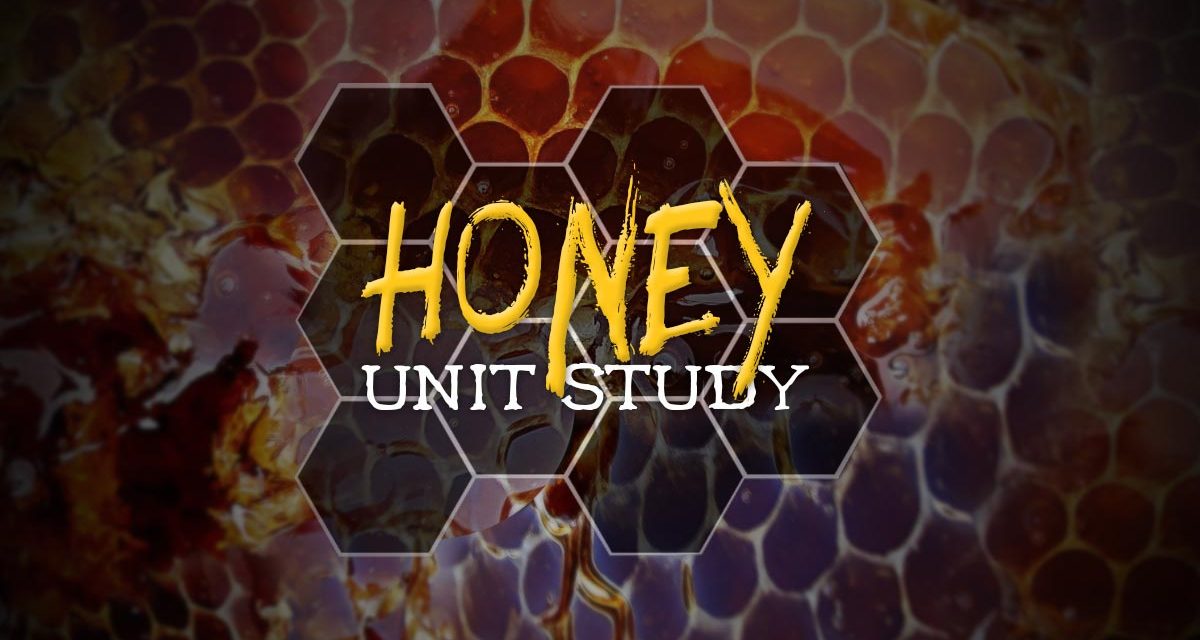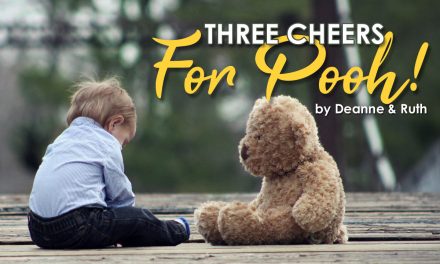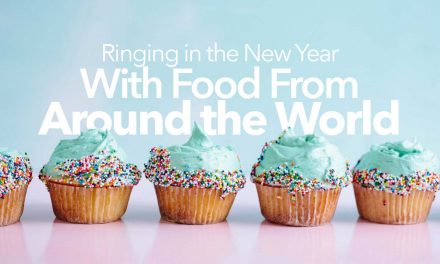A great philosopher once said, “A day without friends is like a pot without a single drop of honey inside.” Ok, so maybe Winnie the Pooh is not your typical philosopher, but his words resonate in our spirits.
Most of us are familiar with the golden yellow, deliciously sweet, sticky liquid that is widely added to tea, desserts and even throat lozenges. Learning more about the complexity and splendor of the honey bee and her sweet food source will fascinate children of all ages. Let’s make like Busy Bees and begin!
Aside from its sweet qualities, honey’s medicinal properties have been documented historically. Did you know that honey was found in the ancient tomb of King Tutankhamen? It is theorized that honey was packed to sustain the traveler through the journey into the afterlife. Surprisingly, this is not the oldest vessel of honey found! Sealed, edible honey has been discovered that dates back to 5500 BC. Even today, research is confirming the potential medicinal qualities of honey, including a reduced risk for cardiovascular disease through reduced cholesterol levels; along with being rich in antioxidants, amino acids and a variety of vitamins and minerals. It also has antibacterial and antifungal properties. Learn more about the health benefits of honey from Medical News Today and The Sweet Science of Honey.
Understanding the geography of honey production is multifaceted and one your family may choose to dig into more deeply. At the heart is recognizing the relationship of supply and demand. In the United States, we consume between 500-600 million lbs of honey annually, yet only produce slightly over 150 million lbs (2015), meaning we import more than 75% of the honey we consume. Using a world map, have your children identify the top 10 honey producing countries. The American Bee Journal provides a well written summary on the international honey market, including tables with top US honey imports. Ask children to compare the top producing and exporting countries. Why may there be a discrepancy? (This is an excellent research project for older students–the reasons may surprise you) Bringing it closer to home, younger children can identify the top honey producing US states and Canadian provinces.
Introduce your children to the remarkable process of how honey is made. Making one pound of honey requires the lifetime work of nearly 800 bees, visiting 2 million flowers. A single honey bee produces less than 1/12th a teaspoon of honey in her lifetime! Depending on your children’s ages, ask them to name foods that spoil. (Bonus project: Set aside a piece of fresh fruit and track how long it takes to spoil!) Then ask your children if honey spoils. While honey may crystallize, it will never spoil. Read the Science behind Honey’s Eternal Shelf Life together. You can also do a simple experiment and learn what makes honey crystallize. Check out Education.com for an easy to follow science fair project with data charts or avoid the mess and watch Honey Crystallization on YouTube.
A study of honey is incomplete without learning about the social structure of industrious honey bee. Honey Bees are not only hard-workers, but also are quite social. Creating elaborate nests, which host nearly 20,000 bees in the summer, their work is highly structured and orderly. Bees are divided into 3 specialized castes or groups: Queens, Drones and Workers. While each hive has only one Queen, there are hundreds of drones (males) whose sole purpose is to mate with the Queen. Drones typically live 8 weeks. Worker Bees make up the majority in the hive. Uniquely designed for the task before them, each hind leg contains a basket (corbiculum) to store pollen, an extra stomach for storing and transporting nectar and special glands that secrete beeswax on the underside of their abdomen. The Beespotter from the University of Illinois explains the social world of the honey bee and National Graphic’s time lapse video on bee hatching will fascinate children of all ages. For an insightful look at the anatomy and function of a beehive, check out the PBS Anatomy of a Hive. Children can also view a Honey Bee Hive live-cam at Explore.org.
Talking about bees spurs opportunities to introduce positive morals and Biblical character. Feeling artsy? Create bees from yellow construction paper and line the school room (or kitchen) with a variety of “Bee-Attitudes”. Matthew 5:3-10 offers excellent guidelines: Bee Merciful, Bee Meek, Bee a Peace-Maker. You may also want to include traits important to your family. In my family, there were always areas we needed to work on. In fact, it seemed our list was never-ending! Bee Generous, Bee Forgiving, Bee Diligent, and Bee Grateful are just a few that my family worked on continually.
Thank you for joining me in this Honey of a Study! I hope this was as enjoyable for you as it was for me! Create a buzz with your children and learn more with these other excellent resources. Honey.com’s free educational materials will go deeper into the life of the bee, how honey goes from the hive to the bottle and give tips for using honey. Learn about Bee Keeping in your state at Buzzing Across America or join others to Bee the Solution and join the fight to save the bees!





